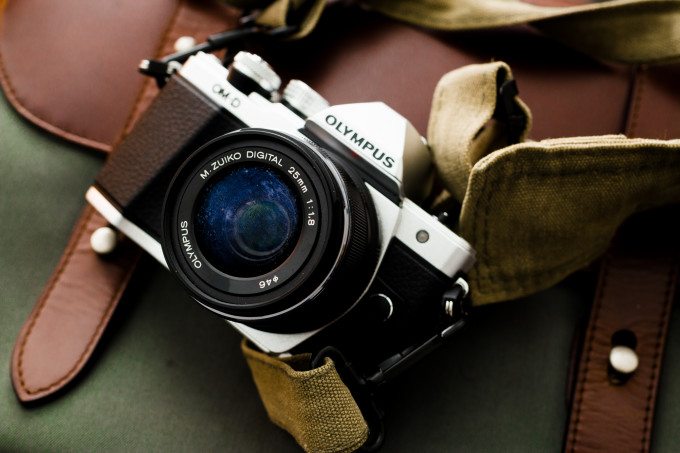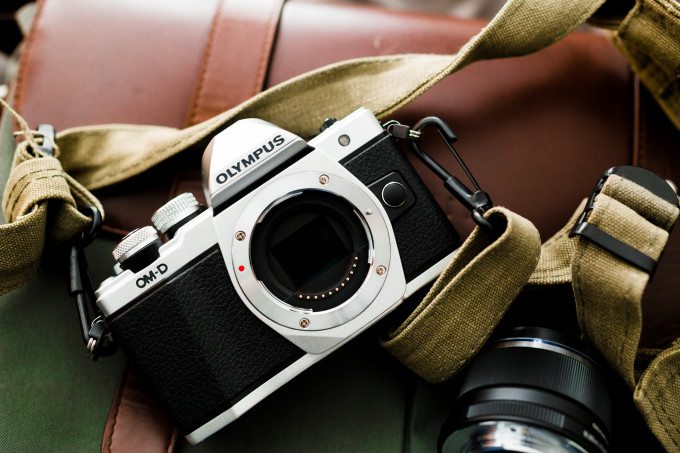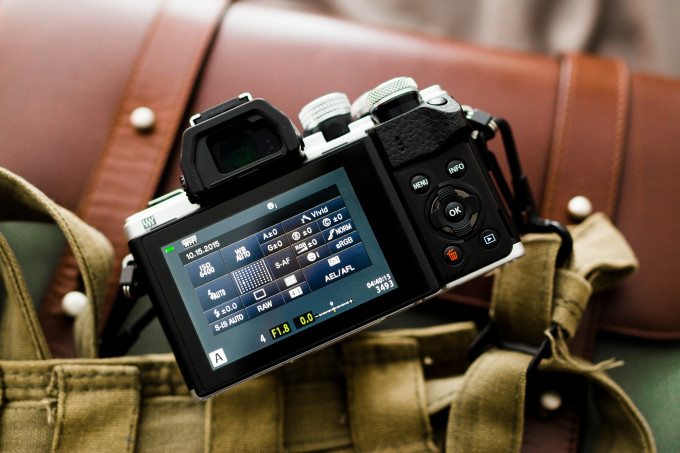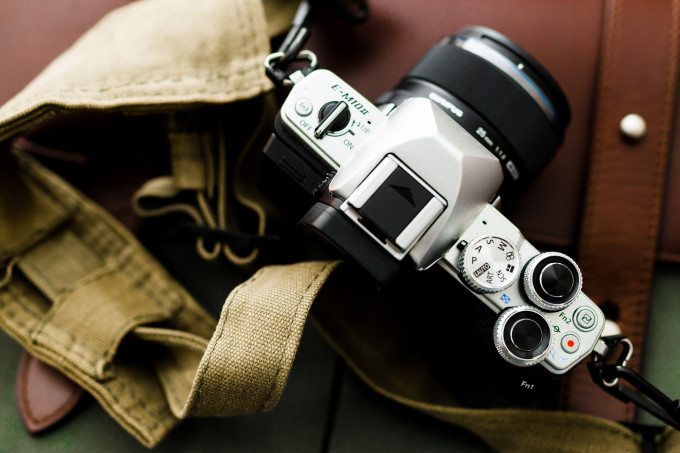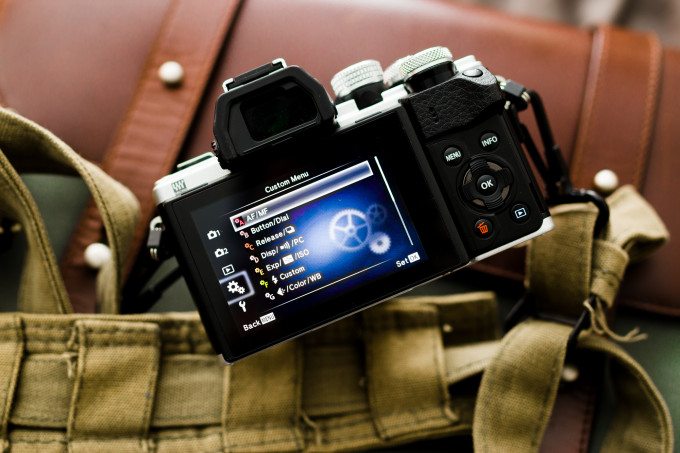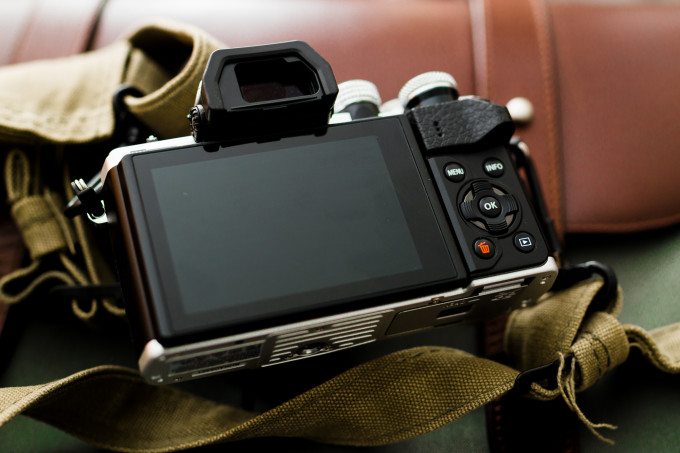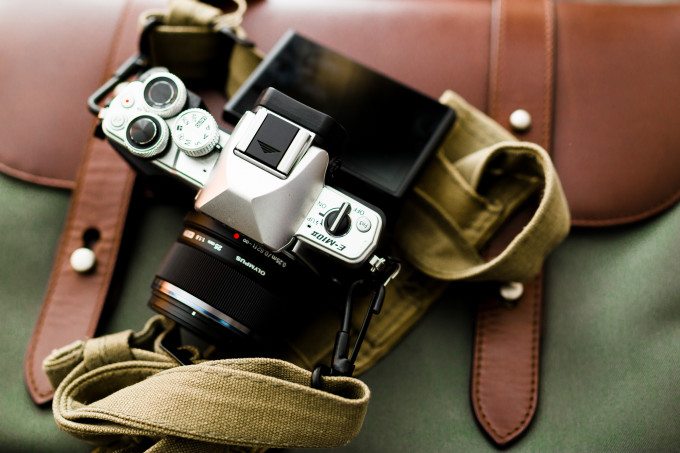Last Updated on 10/15/2015 by Chris Gampat
The Olympus OMD EM10 Mk II is the newest addition to the company’s lineup of Micro Four Thirds OMD cameras–and it brings with it a host of changes to the system that have been added into the higher end models via firmware updates. There are also a number of ergonomic changes including raised dials to simulate the look and feel of an old school SLR. In fact, the camera feels incredible in the hands and in real life use.
In other ways, the camera is more of the same from Olympus. Depending on who you are, that can be either good or bad.
Pros and Cons
Pros
- Beautiful wink and a nod to the retro ergonomics
- Feels great in the hand
- Good image quality, but the Micro Four Thirds sensors currently used by Olympus are starting to show their age
- Fast AF
- AF selection pad using the LCD screen is freakin’ brilliant!
- S-OVF’s effects were simulated easily with some tweaks to previous cameras, but it’s nice that they made it more simplistic and put into one setting.
- Not a single mis-focus during our testing even in very low light conditions
- Olympus by far leads the way when it comes to ergonomics in the mirrorless camera world. This camera is evidence of that fact.
Cons
- Image quality is still great, but it’s starting to show its age vs APS-C sensors
- I wish the dials would have been created with a higher quality metal
Gear Used
We tested the Olympus OMD EM10 Mk II with the Olympus 25mm f1.8 and the Voigtlander 17.5mm f0.95 lens.
Tech Specs
Specs taken from the Adorama listing of the product for $799.99
- Powerful 5-axis in-body Image Stabilization system with equivalent of 4 steps of shutter speed
- Lightweight, compact and premium all-metal body with distinctive metal dials and retro On/Off switch
- High-speed, OLED EVF with 2,360k dots for accurate framing and assessing creative adjustments in real time
- Connectivity: Built-in Wi-Fi for remote control shooting (aperture, shutter speed, Live Bulb and Live Compo-site) and sharing via a smartphone with OI.Shareapp
- 4k time lapse video creation in ultra-high definition
- Compatible with more than 40 Micro Four Thirds lenses and an extensive accessory program
- 16.1 MP Live MOS Sensor
- High-speed sequential shooting at 8.5 fps
- 14 Art Filters with a selection of effects for more creative shooting
- Large, 3-inch, tiltable high-res touchscreen LCD with fingerprint-resistant coating
- Built-in TTL flash that’s perfect for special effects, fill-in flash for travel photography or portraiture
- Olympus Supersonic Wave Filter for automatic sensor dust reduction
Ergonomics
When you look at the Olympus OMD EM10 Mk II, what you see is the most retro-looking digital mirrorless camera that anyone has created so far. For what it’s worth, the silver version is far sexier and the production unit we received felt a bit better than our original meeting with the product.
Taken from our first impressions post.
The Olympus OMD EM10 Mk II is quite the upgrade from the original version ergonomically. It looks a heck of a lot more retro and feels much like an old Olympus OM camera. The front of the camera is minimal and there are barely any controls. There isn’t much of a grip, but instead there is just enough of one to mimic the feel of an old film SLR camera.
Move over to the top of the camera and you’ll find a plethora of controls here. There is a raised front and back exposure control dial. Plus you’ll find two function buttons, the mode dial, hot shoe, and a new on/off switch. This switch has a setting where if you push it beyond the on setting, you’ll activate the pop-up flash.
This flash is located right near the front of the camera and comes up a fair amount. But it won’t tilt or swivel at all.
The back of the Olympus OMD EM10 Mk II is where you’ll find more simplistic controls, the EVF and the giant LCD touchscreen. Here, you’ll also spot a four way direct keypad–which Olympus has had before but this one feels much better than all previous.
This screen flips up and down and tilts out for when you want to shoot from the hip or have tough angles to shoot from. It’s much like the other Olympus ILC cameras.
Build Quality
The EM10 Mk II isn’t as well built as its higher end siblings in some ways. For example, this camera doesn’t have the weather sealing that the EM5 and EM1 series cameras offer, but instead it makes it for it with incredible ergonomic changes.
What’s really worth it to mention here are the new dials–which are highly raised and designed to feel like the retro dials on an old school SLR camera. They simply work; but my only issue is that despite them being metal, they don’t feel like it. Instead, they feel like a plastic to me and I’m not the biggest fan of that.
Ease of Use
If you’re a veteran Olympus shooter, then the menu layout system will be very familiar to you as you go through menu after menu to set the camera up to exactly the way that you want it. With that said, if you’re a brand new Olympus camera user you’ll want to spend a lot of time with the camera familiarizing yourself with the menu setup and programming buttons to do things.
For the most part though, this won’t get in the way of your actual shooting experience.
Something that I really, really enjoy is Olympus’s AF point selection done by using the LCD screen. If you put the camera to your eye and move your thumb over the LCD screen, you’ll see in the viewfinder that the camera will choose new focusing points corresponding to where your finger is moving. But that also means that if you take your thumb off, the camera will continue where you left off instead of choosing a focusing point in a totally new area.
It’s a genius implementation and use of the screen, but it’s better served for those of us with larger paws. I personally like to think that my hands are large for my size, but if you have bigger hands it will generally work better in an ergonomics sense. The catch-22 here is that this camera is designed to be smaller than the rest of the OMD lineup.
Autofocus

Not only is the autofocus performance on the OMD EM10 Mk II quick, but it’s also hands down the most reliable and speedy that I’ve experienced in extremely low light situations. In fact, it’s pretty much on par with the new Sony A7s Mk II–which is an absolute master of shooting in the dark.
During our presentation, Olympus said that they worked to significantly improve the autofocus performance in low light, but they didn’t spent a lot of time talking about it and our meeting was also in the middle of the day so we couldn’t test it on the prototype that we received. But when we had the chance to go out and shoot with it, we very much appreciated how quick the camera performed.
To get the absolute most from the performance, you’ll need to manually select an AF point. If you choose to let the camera do that on its own then it will take a bit longer. To be fair, any camera will behave the same.
Image Quality
When it comes to image quality, Olympus uses a 16MP Four Thirds size sensor in the camera–and it more or less feels like the same sensors as before with a couple of tweaks. With that said, it’s a good sensor very highly capable of taking and creating excellent images that folks will love and appreciate even at high ISO settings. But if you really want to compare it to other technology out there, the APS-C sensors currently available are starting to outpace it. Years ago, Olympus was about on par with the rest; but this time around the likes of Fujifilm (for example) are inching ahead.
Creatively speaking, this isn’t saying much. Technologically speaking, the engineers that create this camera may see that as a problem.
But respectfully, the Phoblographer isn’t a site for engineers and pixel peepers.
RAW File Versatility
This is the original image that we shot. As you can see, it’s very flat and lots of details have been lots in the highlights. However, creatively speaking this is a great photo for a simple portrait–but a lot more can be done to it to improve the image when it comes to post production.
Using Adobe Lightroom CC, we used the Dehaze tool which calmed the sunlight’s effects while bringing out more details in the scene. Then we selectively worked with the saturation and luminance levels of the colors. If you’re not pixel peeping as most of the people who didn’t do so when I posted this image to Facebook, then it’s all fine and good–which is more of a practical sense. If you’re pixel peeping, you may notice that we created some image noise; which tells us that the files will require a bit of noise reduction if you push them very far.
But that’s something that happens with every camera manufacturer, and you shouldn’t really worry about that too much when it comes to focusing on just creating a better photo that someone is proud of.
High ISO Output

When looking at an image as a whole, you’re not going to see lots of image noise. When you start to pixel peep at ISO 6400, you’ll notice film grain-like noise. Beyond 6400, the image quality starts to break up more as you move higher up into the ISO ranges. However, ISO 25,600 can be turned into a usable file by the best photo editors.
Extra Image Samples










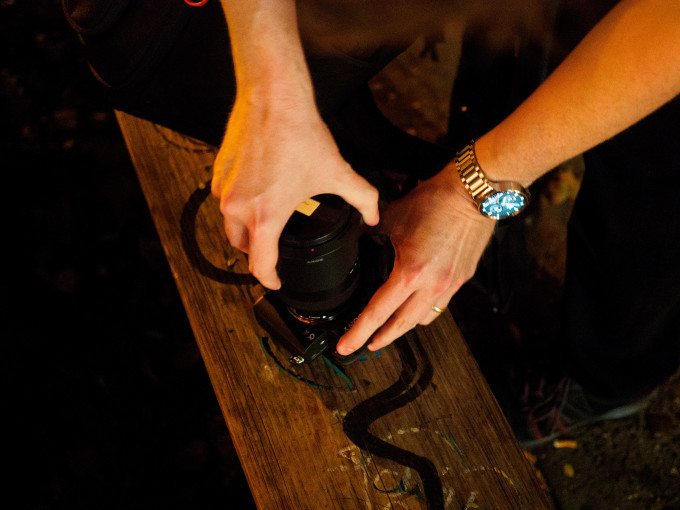









Conclusions
Likes
- Great ergonomics
- Excellent autofocusing abilities
- Pretty versatile RAW files, but you’ll need to do extra work that you don’t need to necessarily do with larger sensor cameras.
- New settings that make things more simplistic
Dislikes
- I think it’s time for a new sensor with more than just phase detection points.
The Olympus OMD EM10 Mk II is honestly a really great camera. It will deliver excellent images in the hands of most folks and its simulated OVF mode is also great for many photographers that otherwise still swear by optical viewfinders.
What you should really be impressed by is the autofocusing abilities. Granted, the Four Thirds sensor is smaller so it’s easier to acquire focus at a given aperture–but it works so well in low light and high contrast situations that you’ll almost never have to worry about reliability problems.
Additionally, Olympus should be praised for the way that they use the LCD screen to be a way to select the autofocus points. For more advanced photographers, that makes a lot of sense.
We award the Olympus OMD EM10 Mk II five out of five stars; but not our Editor’s Choice award because we expect more from Olympus in terms of image quality at this point. Want one? Check Adorama for the latest prices.
Recommended Lenses
Olympus 25mm f1.8: This camera is best served by using small primes, and the 25mm is one of those lenses.
Olympus 12mm f2: If you want to shoot street photography, I consider this lens to be the best Olympus has for the medium.
Olympus 45mm f1.8: Portrait shooters will appreciate the compact size, great sharpness and affordable price point.


